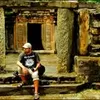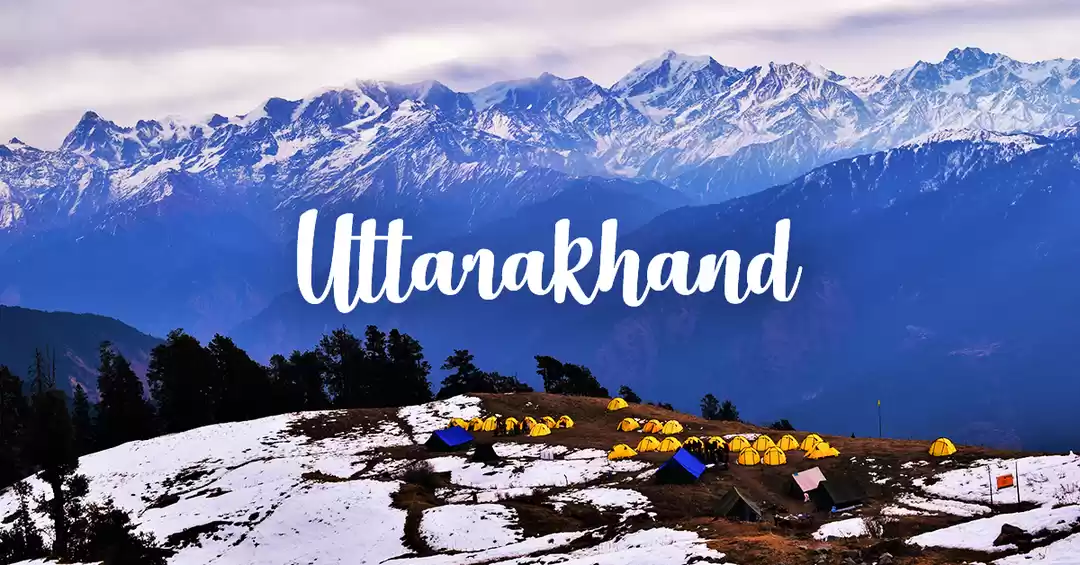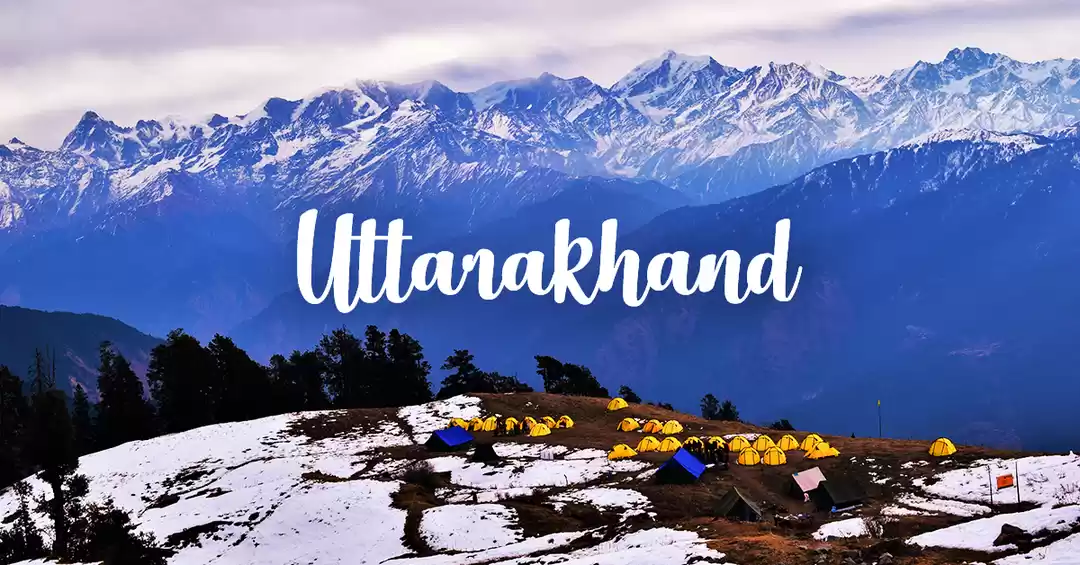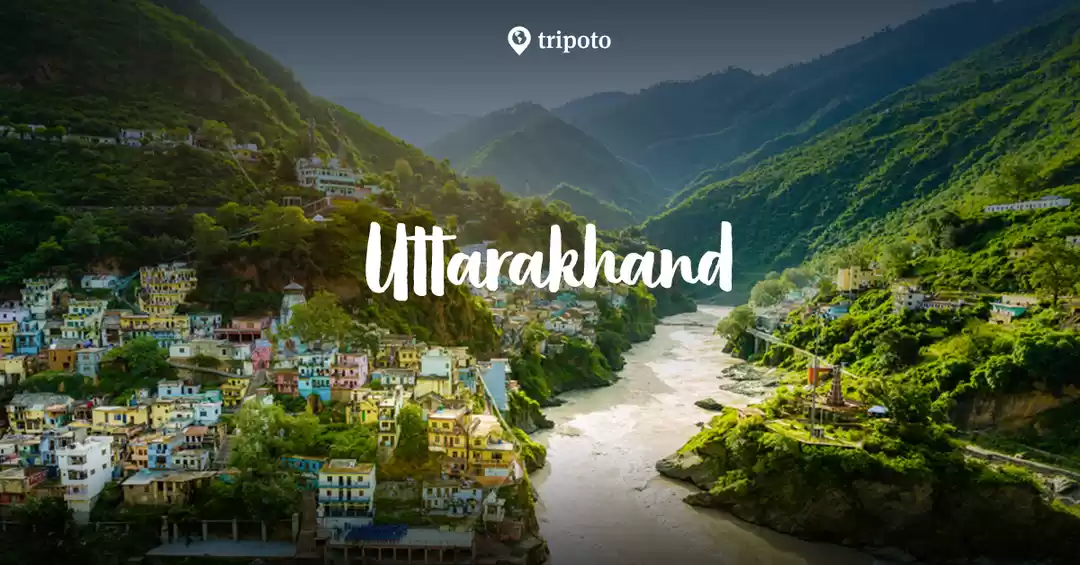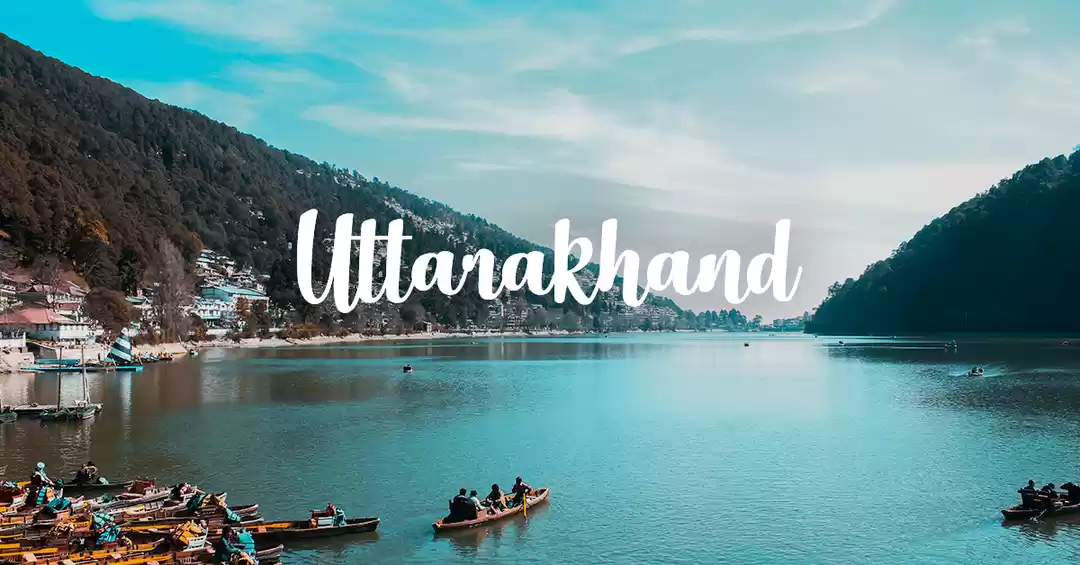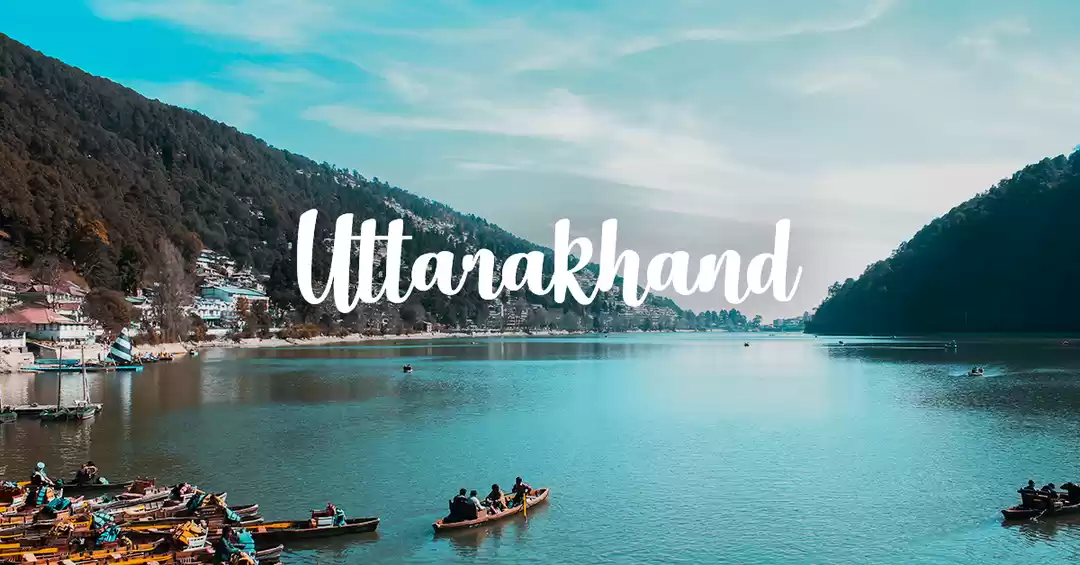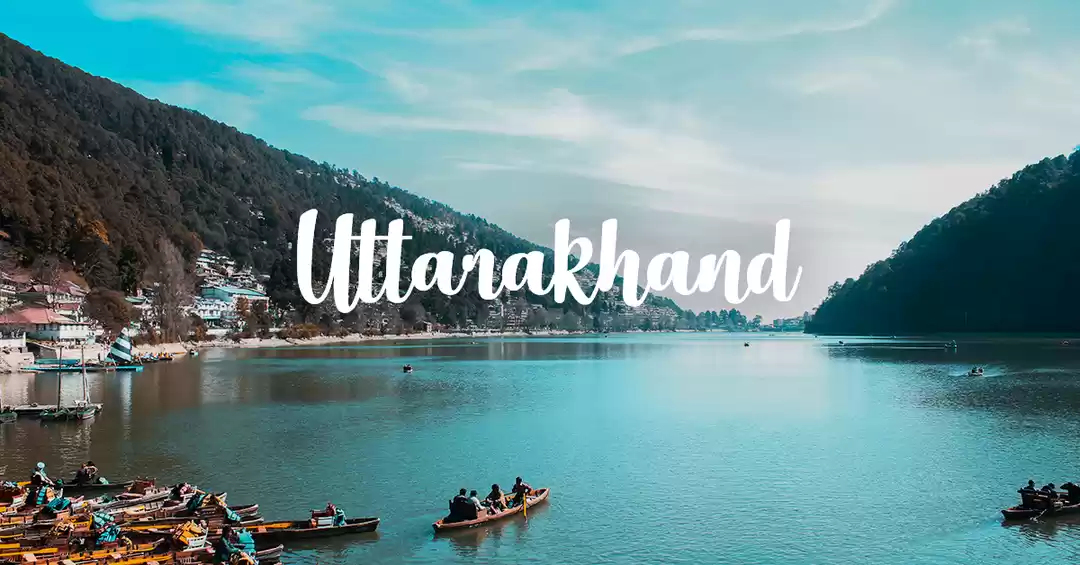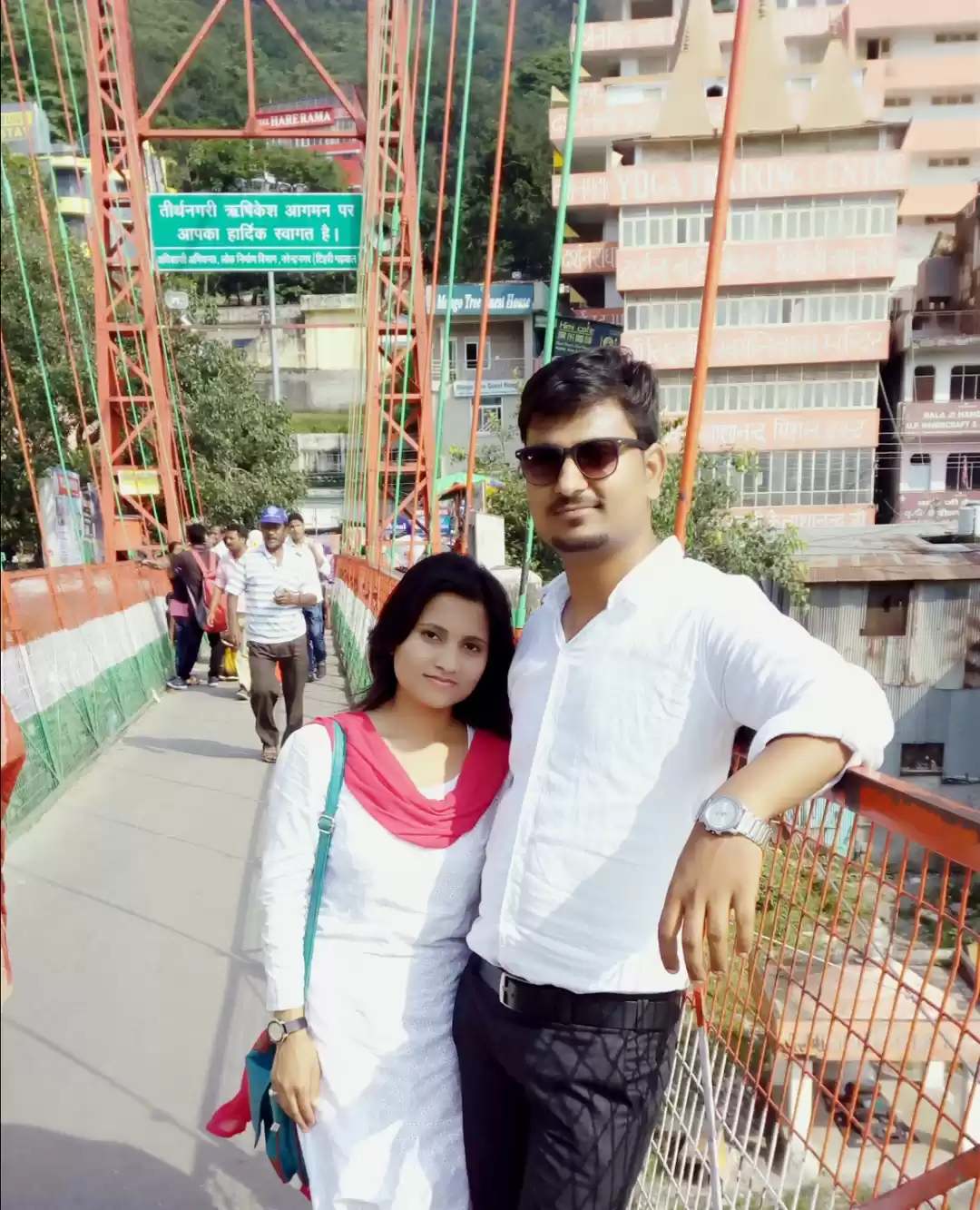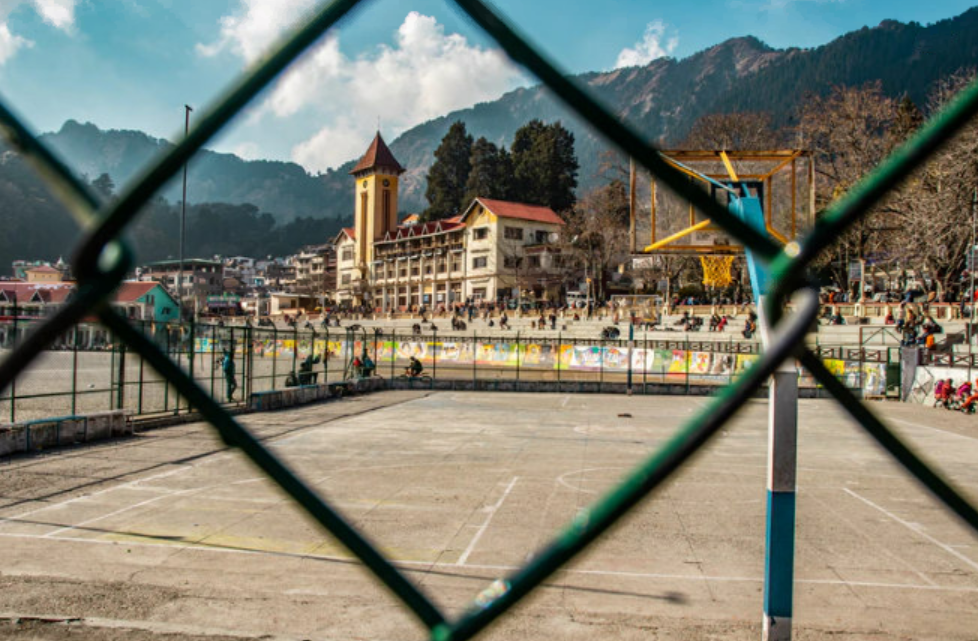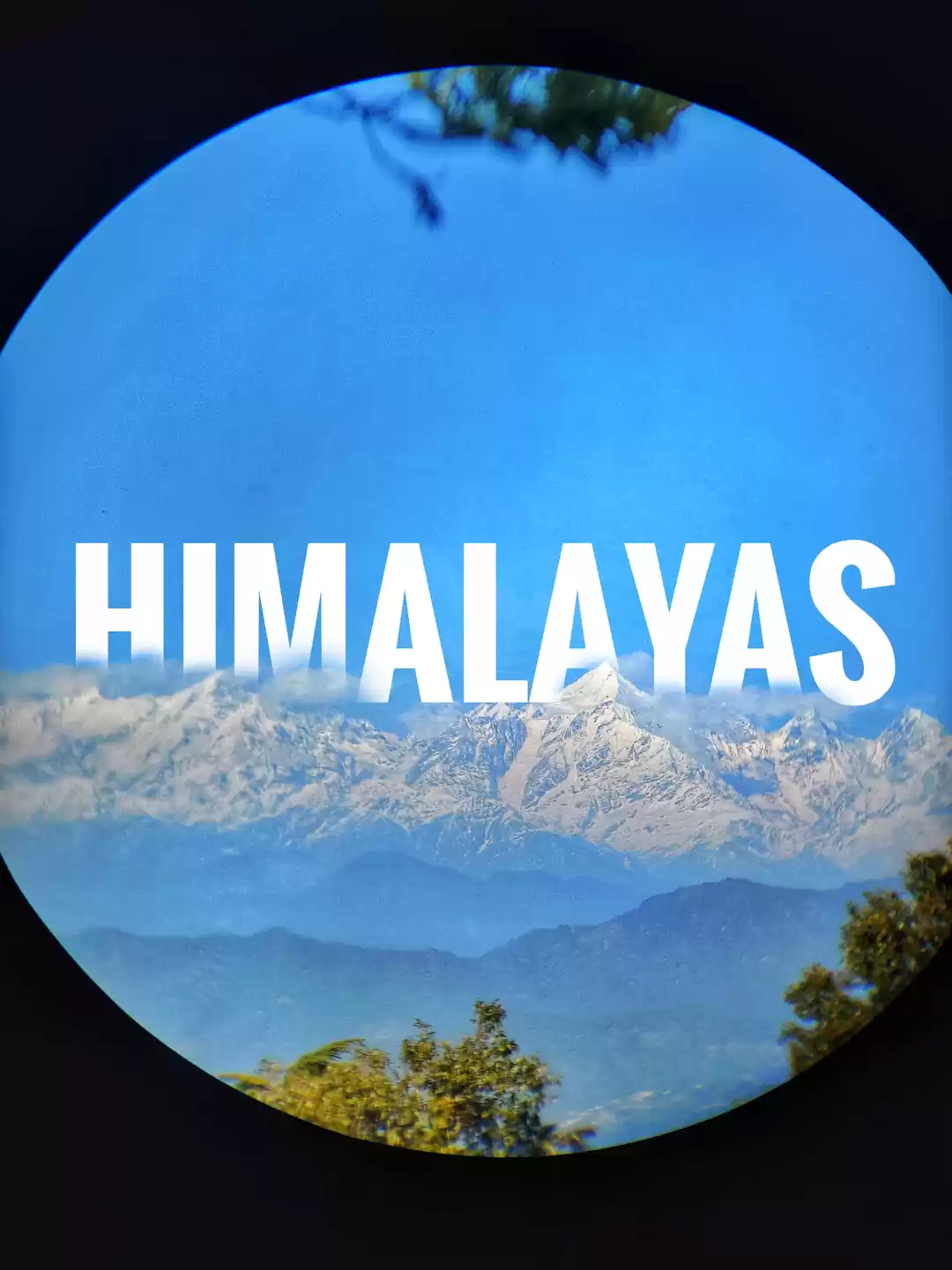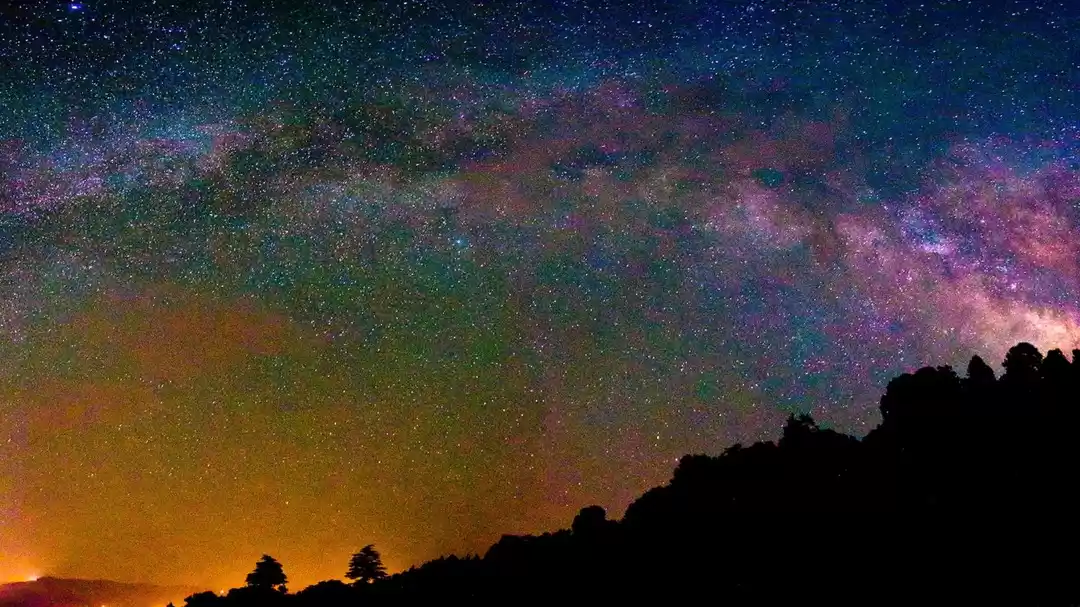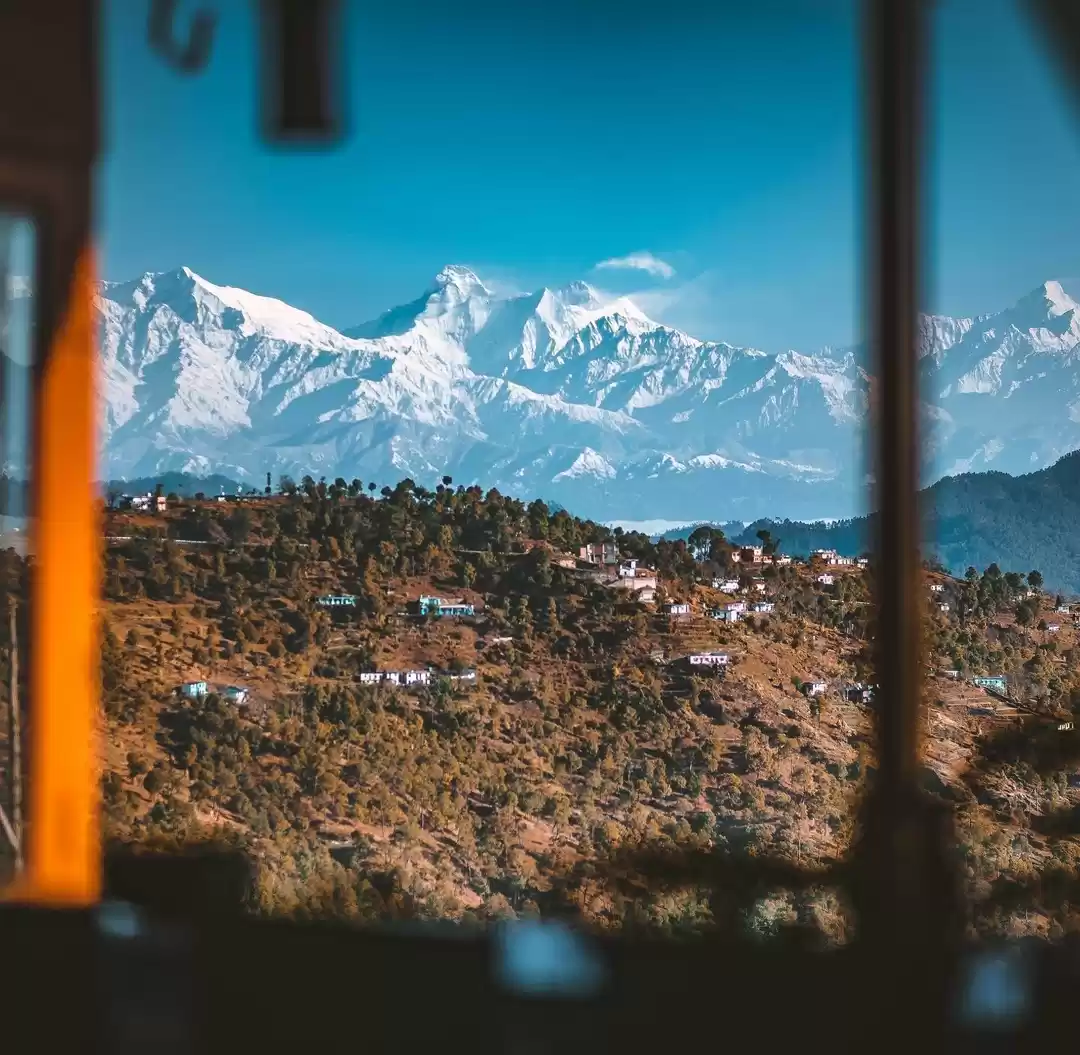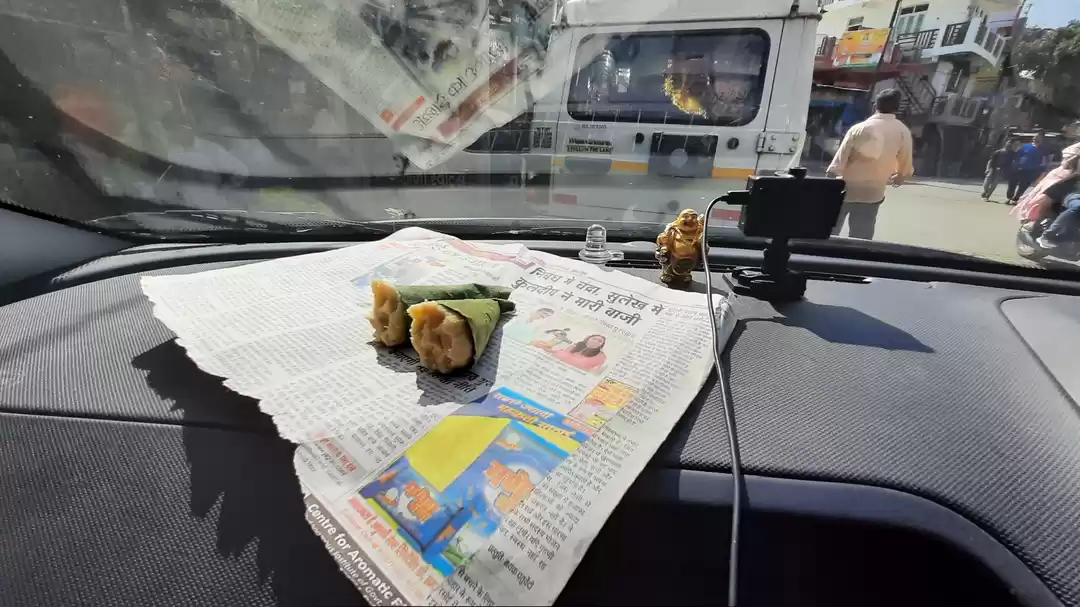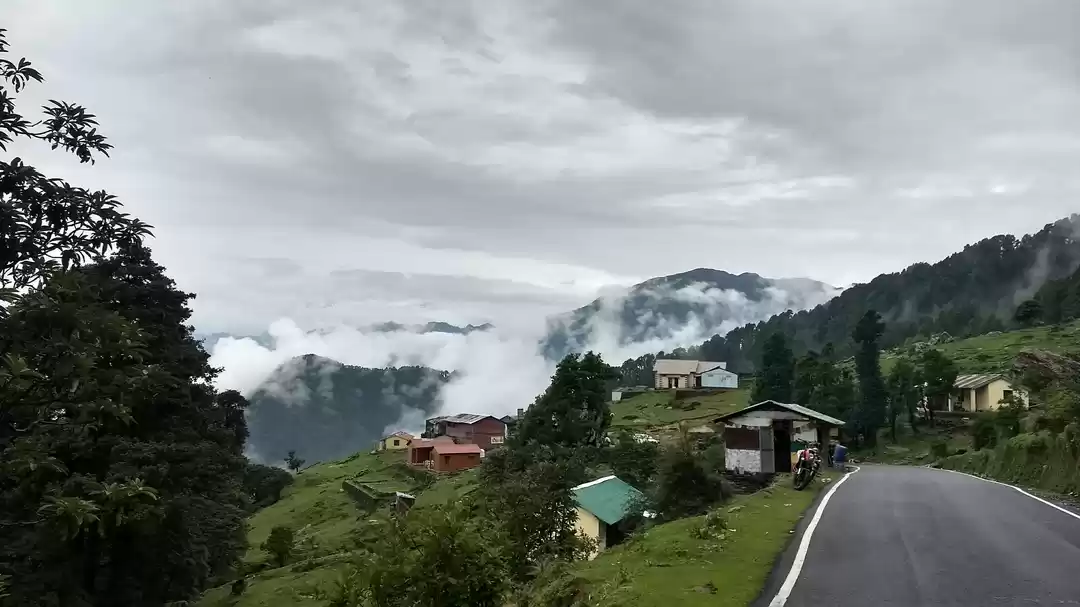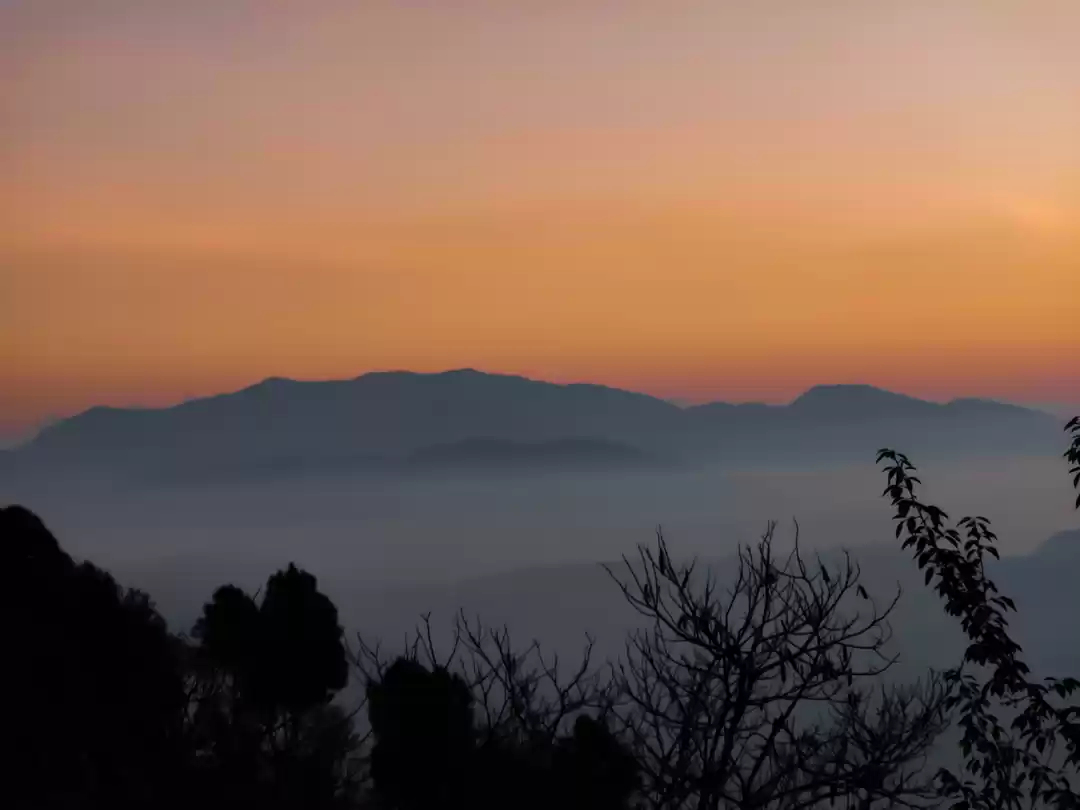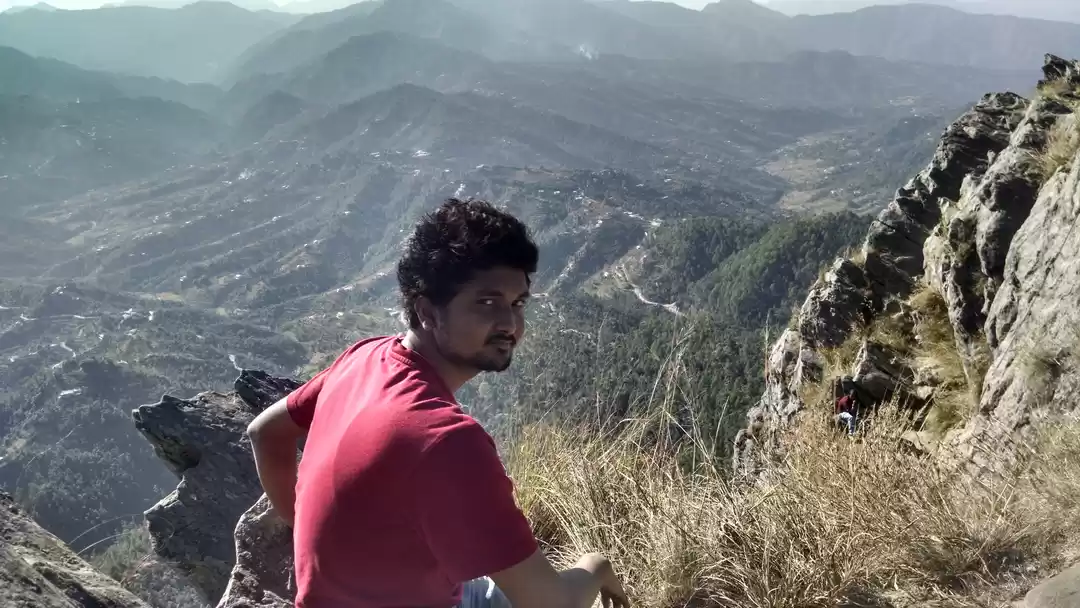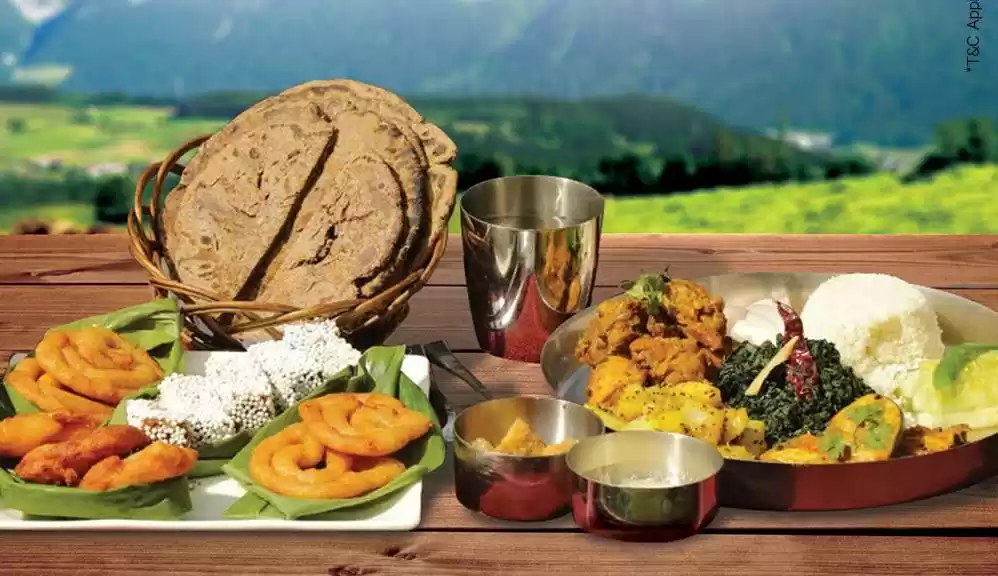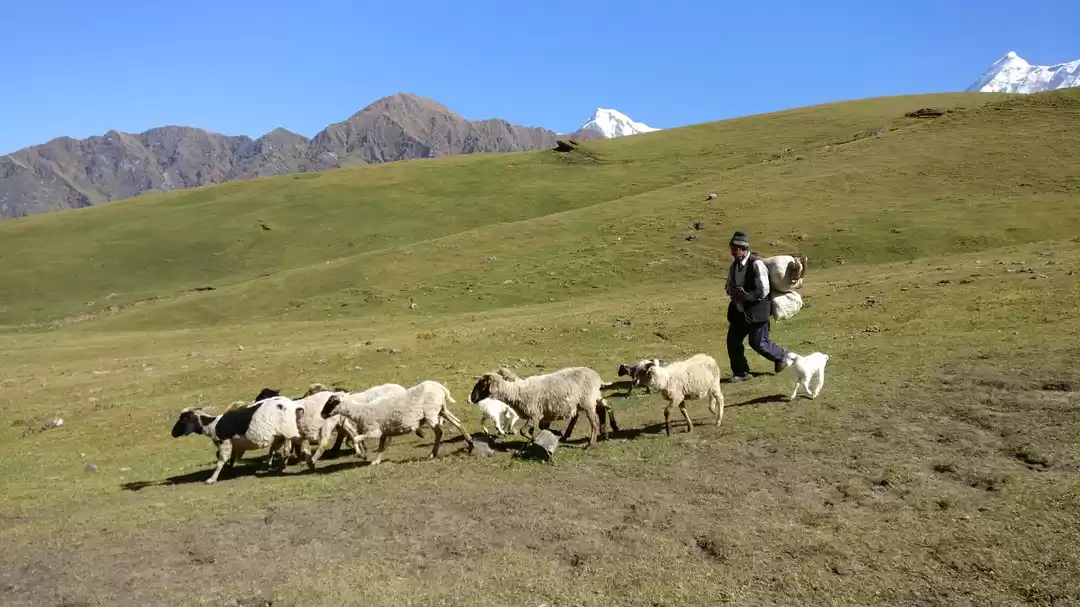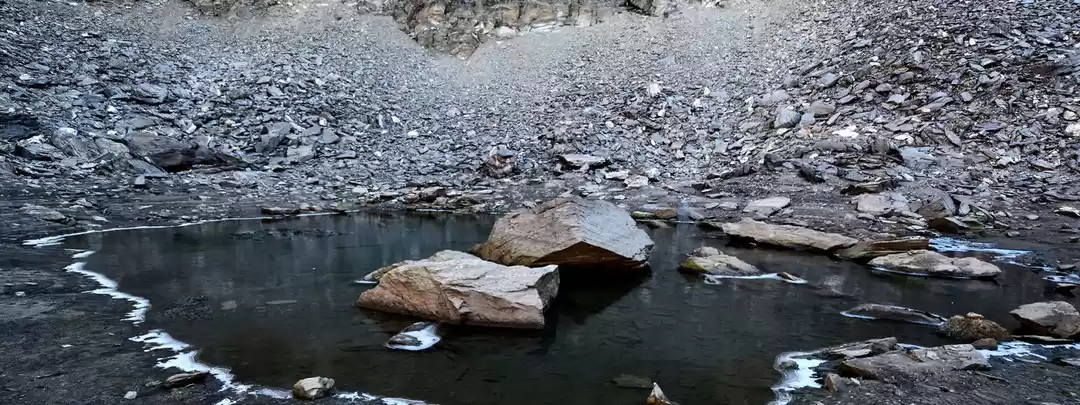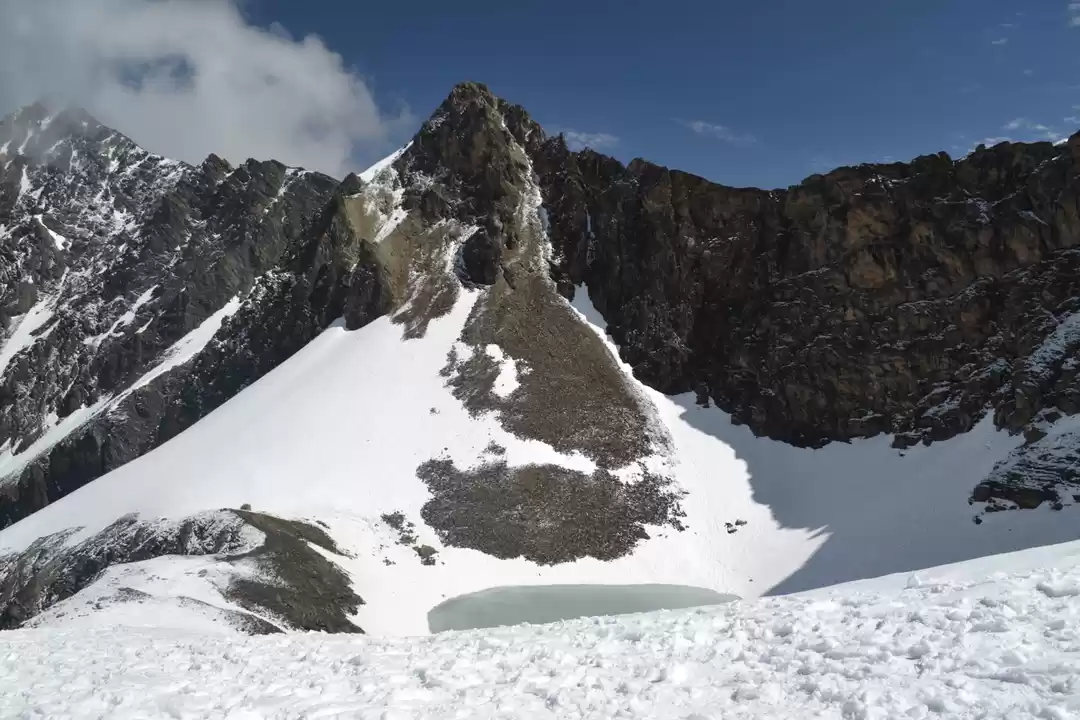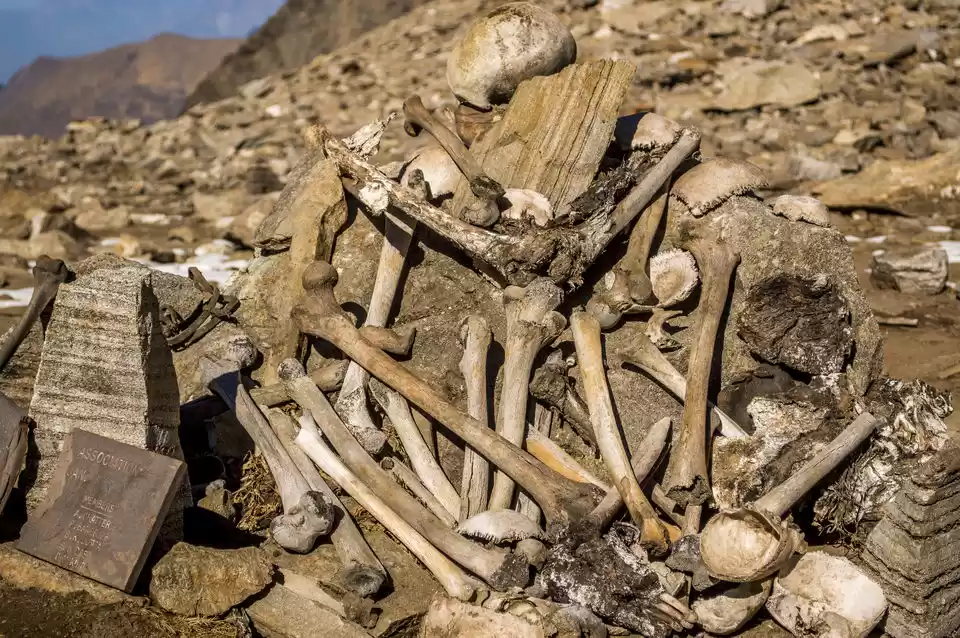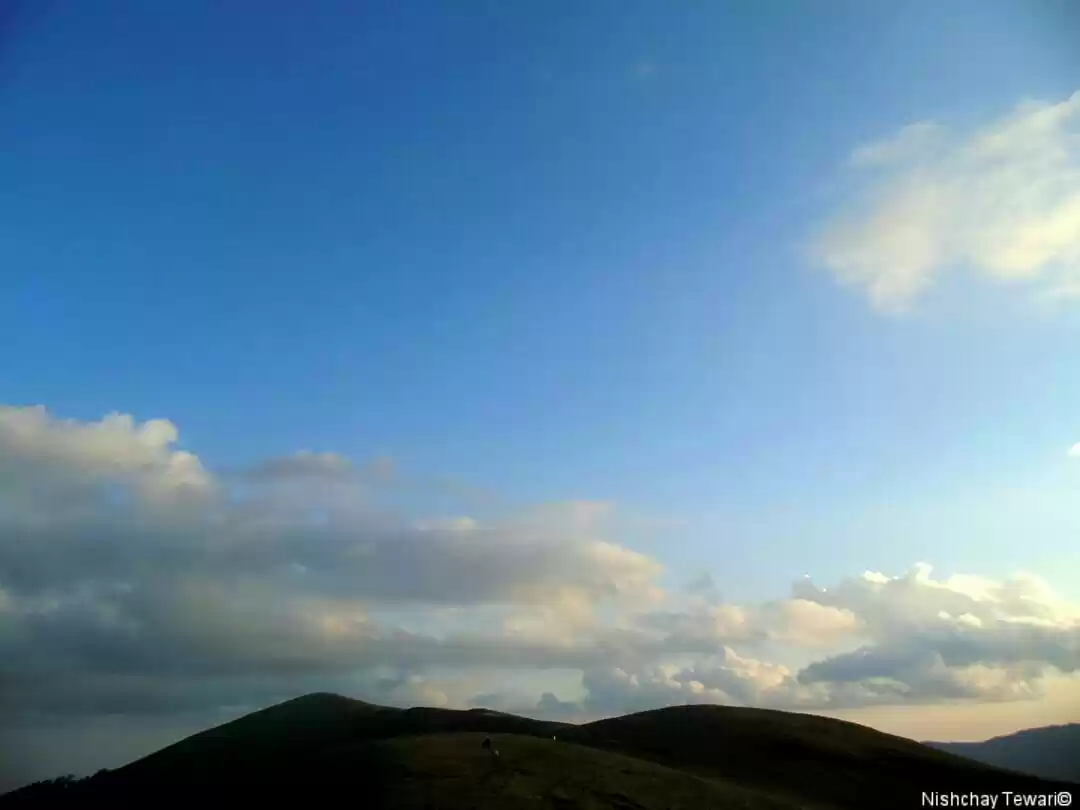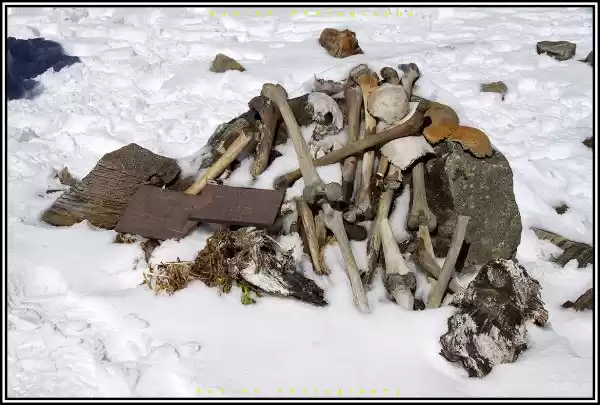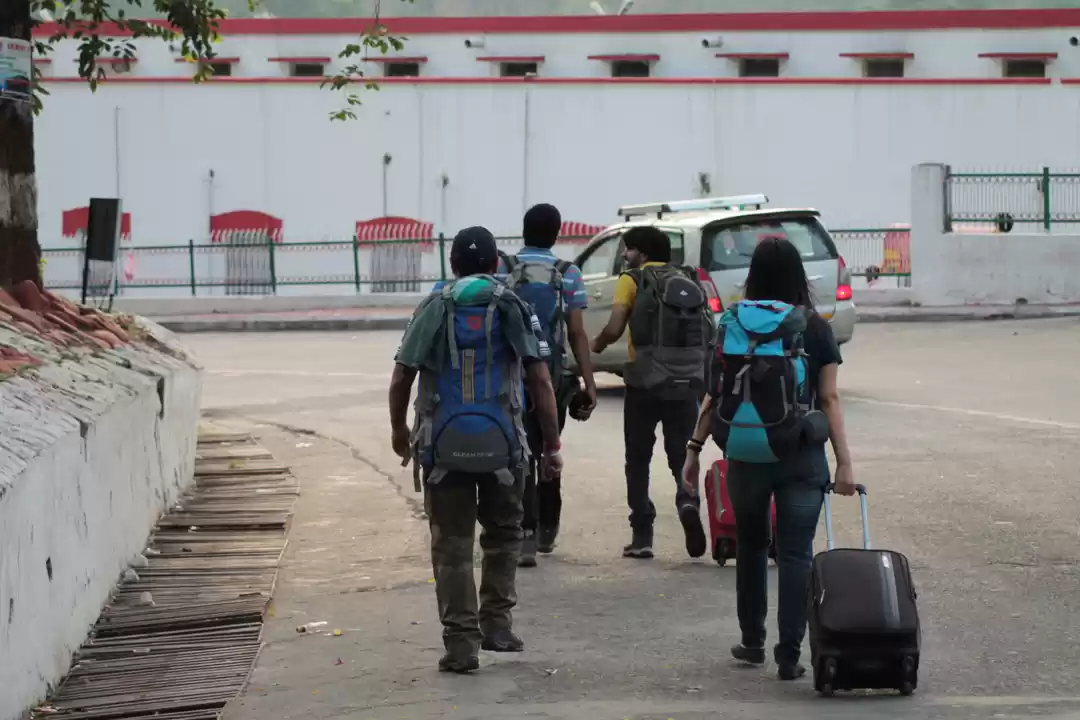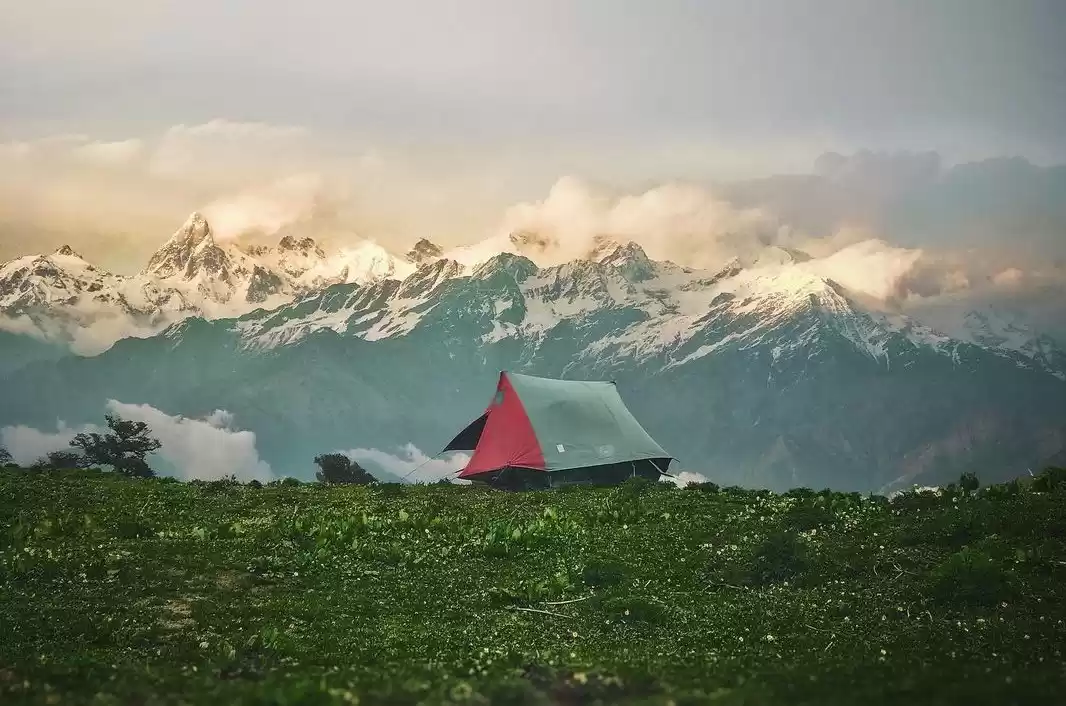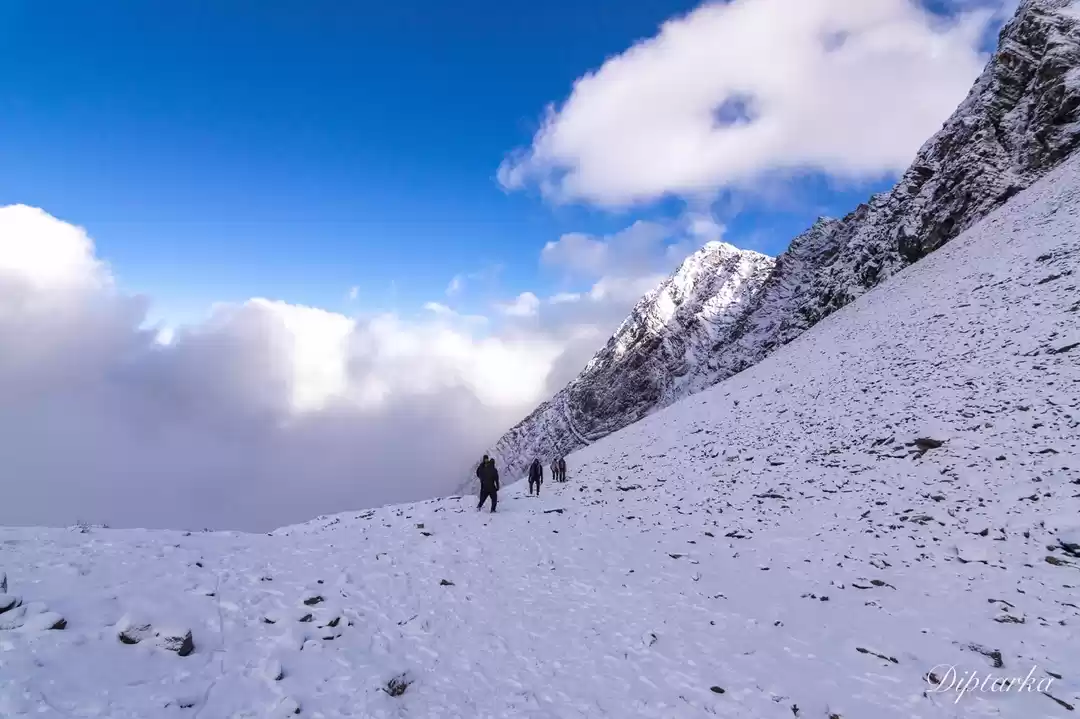








It had been a sultry monsoon afternoon in late August marked by an uncharacteristic appearance by the sun that was vainly trying to escape the clutches of menacing dark nimbus clouds patrolling the skies. In the crossroads town of Karnaprayag, lying on the Rishikesh-Badrinath highway in the hill-state of Uttarakhand, the bazaar was alive with frantic activity as vehicles burdened with rucksacks, tents and food materials readied for the arduous climb along the furiously flowing River Pindar which meets the River Alaknanda descending from Badrinath in Karnaprayag.
The usually quiet and obscure Pindar valley was buzzing with excitement as countless vehicles rumbled along the course of the river past sleepy settlements like Tharali, Narayanbagad and Deval. The roar of clouds and imminence of a punishing shower had failed to dampen the festive atmosphere that was all the more evident as one climbed higher past dense jungles of pine to the village of Mundoli. As the grayness of the evening had embraced the approaching darkness thousands had poured into the quaint Himalayan village awaiting the coming of the Goddess. Contrary to the usual silence typical of a solitary village in the hills, Mundoli had been rejoicing in folk songs complimented by traditional instruments like dhol, damua and masak been (Bagpipes). And as the Goddess strode into the village on her palanquin this non-descript corner of the Himalayas was whipped into a frenzy of adulation and respect – fourteen years of waiting had been washed away in tears as the daughter of Himalayas, Nanda Devi, had finally arrived!
Maha Kumbh is often considered as one of the most intimidating and awe-inspiring events of congregation of faith; however Nanda Devi Raj Jat or the Himalayan Maha Kumbh, organised usually every twelve years, takes the concept of reverence to another level by demanding pilgrims to endure extreme weather, terrain and human frailties in the higher reaches of the Himalayas. The Nanda Raj Jat that traditionally begins from the village of Nauti in Garhwal travels for nineteen days covering 280 kms spanning sleepy villages, forgotten archaeological ruins, undulating ridges, steep ravines, lush grasslands, desolate moraine and treacherous high-altitude passes. The folklore of Kumaon and Garhwal abounds with stories of Nanda Devi – some assert that she was the daughter of Katyuri King Bhanupratap while others accord her a divine status and as is the case with vocal transfer of knowledge it is hard to untangle the entwined truth and fiction. The narrative that has survived is that a grand Yatra was organized by the Kings to bid farewell to Nanda who travels from her maternal home to the high Himalayas and it is this tradition that is still practiced today.
If the celebration in Mundoli had been an expression of veneration, the festivities in the next village Wan had been drenched in unbridled joy and elation. People crowded on sloped slate roofs of elegant houses occupying every inch of available space had vied to grab the choicest of vantage points to witness the unique images of devotees from far flung corners of Uttarakhand come together to honour the Goddess. Dolas or palanquins and decorated chantolis (umbrellas made from dwarf bamboo) that had traveled days from places as varied as Srinagar, Bageshwar, Lata, Martoli, Kurud and Almora unified with the main procession coming from Nauti. For hours the echo of drums, bells, conches and bagpipes had rung in the narrow lanes of the village as waves and waves of people poured into the courtyard of the main temple dancing and singing without a care.
Beyond Wan the Yatra leaves behind human settlements and launches on a herculean journey further into the belly of the Himalayas. The monsoons that had been oddly quiet as the procession moved from Mundoli to Wan paid obeisance to Nanda by unleashing rain, winds, lightning and thunder on tired and hungry pilgrims slowly making their way to the grasslands of Bedni Bugyal. The thick jungles leading to the bugyal that usually hosted occasional trekkers or shepherds had been usurped by a motley group of yatris – people walking barefoot sharing the path with ones with the latest trekking gear, sadhus sharing glucose with travel photographers, undaunted oldies keeping up with feisty teenagers, ladies adorned in sparkling jewelry and sandals. Bedni Bugyal itself had been turned into a bustling settlement overnight with hundreds of colourful tents interspersed with makeshift eateries churning delectable dishes. This human element was complimented by nature displaying its different moods; magical double rainbows arching across the horizon, fog rising from the valleys and climbing over steep ridges, the sun momentarily peeking from behind the clouds and bright stars lighting up the night sky. All night long the sound of drums spiced with folk songs or jagars had kept awake the towering massifs of Trisul and Nanda Ghunti rising in the distance. And in the ensuing morning the enviously green bugyal was bathed in refreshing sunlight with glistening far-off snowy peaks reflected in the green waters of Bedni Kund where spirited pilgrims were taking a dip and performing puja on the banks.
Beyond Bedni Bugyal only the hardy tag along with the procession that climbs to Pathar Nauchaniya and Baguwabasa and continues to the glacial lake of Roopkund; it then crosses the Jyura Gali, or alley of death, to camp at the meadows of Shila Samudra before it embarks on its final leg to Homekund and then returns to the village of Sutol. This journey of Nanda Devi to the Himalayas is particularly interesting because at its core it represents the bond that humans share with nature and which can be fully understood only when viewed through the prism of hardship and endurance. So for a few days every decade hill folk gather in the shadow of the Himalayas to acknowledge the very mountains they toil against, to forget the rugged life of the hills and rejoice in the glory of their patron Goddess. Thereafter they go back to their struggles but with fond memories of the mountains, of never-ending bugyals stretching to the horizon, of mist gyrating around snow-laden summits and the sound of bells breaking the monotony of rocky ridges - with a hope to return yet again and bid adieu to their beloved Nanda.

